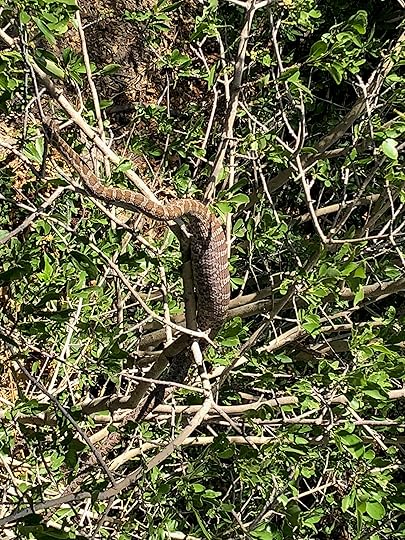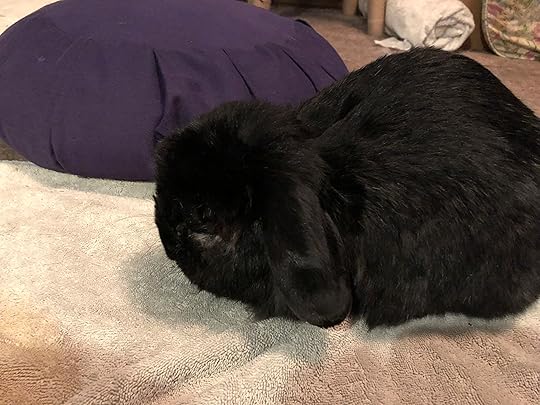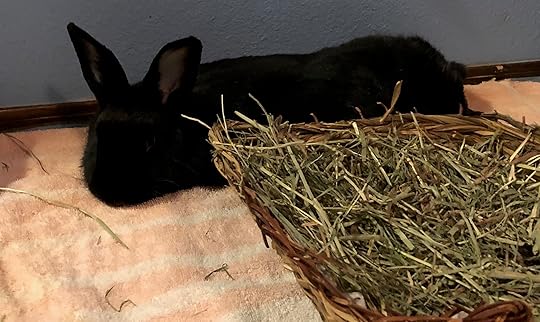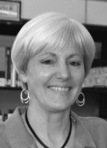Cynthia Grady's Blog
January 12, 2019
Schedule of upcoming appearances (so far) …
January [date, TBA]: Adobe Acres School, Albuquerque, New Mexico
April 12-13: Gallup Book Festival, Gallup, New Mexico
April 27: New Mexico Battle of the Books, Rio Rancho, New Mexico

December 21, 2018
October 30, 2018
busy at work . . .
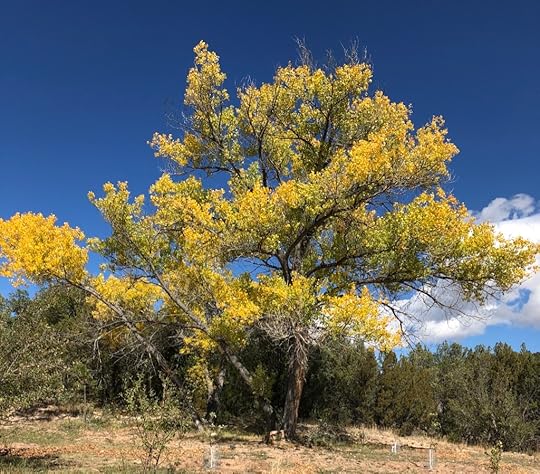
I am working on my next couple of books and won’t be posting in the near future. If you’re near Santa Fe, please stop by the La Farge branch of the Santa Fe Public Library on November 3rd for a reading of Write to Me: Letters from Japanese American Children to the Librarian They Left Behind.
October 22, 2018
coming to Santa Fe in November . . .
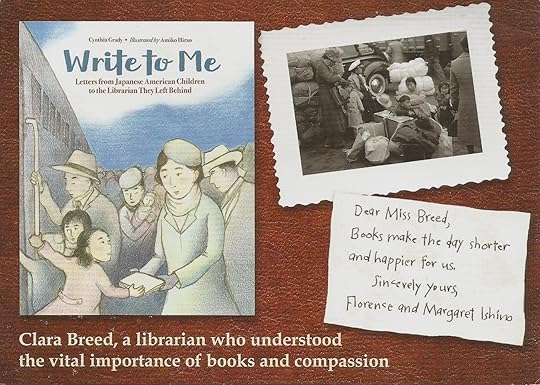
I will do a reading and book signing at Santa Fe Public Library, La Farge Branch, on Saturday, November 3, 11:30 a.m., in conjunction with the CLOE Exhibit, which will be opening at the Southside Branch at 1:30 p.m.
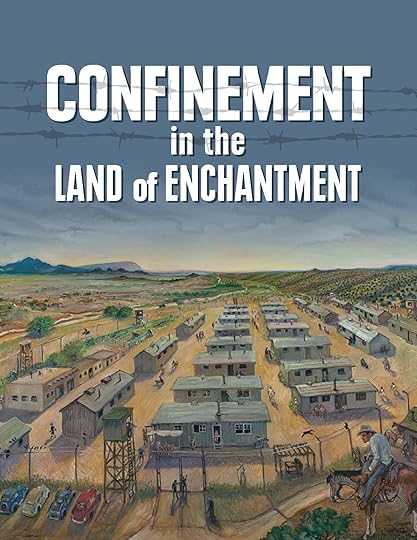
October 2, 2018
Tuesday’s tips . . .
I’ve been spending the last few months doing big-picture thinking, brainstorming, and revising. So it has been really lovely re-reading Francine Prose’s Reading Like a Writer: A Guide for People Who Love Books and for Those Who Want to Write Them, and getting back to paragraphs, sentences, and words.
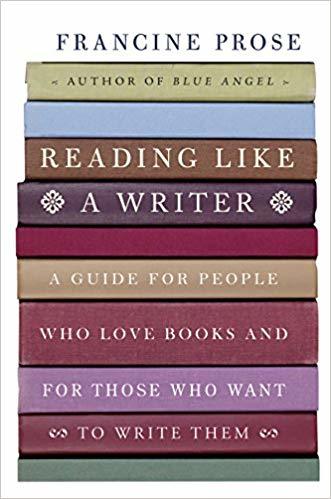
I especially loved the chapter on sentences:
The well-made sentence transcends time and genre . . . regardless of when it was written, or whether it appears in a play or a magazine article. Which is just one of the many reasons why it’s pleasurable and useful to read outside of one’s own genre.
If you haven’t read or re-read Reading Like a Writer lately, or, if you don’t have the time to sink into it right now, take a peek at this article on Literary Hub.
Or this review at The Guardian.
The sentence is worthy of, and deserves, our “deep respect and enraptured attention.” But what IS a beautiful sentence? Francine Prose takes the entire chapter to tell us, but it must be vigorous, energetic, and, above all, clear.
September 19, 2018
upcoming events . . .
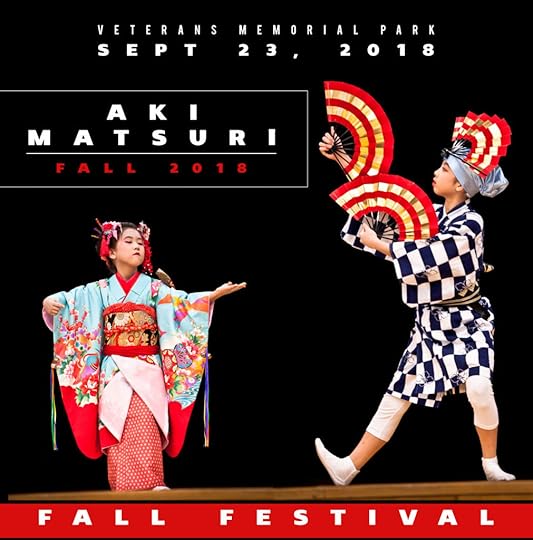
This weekend:
If you live near Albuquerque, come to Aki Matsuri!
Albuquerque’s annual Fall Festival organized by the New Mexico Japanese American Citizens League celebrating Japanese heritage arts, history, and cuisine.
When: Sunday, September 23; 10:00 a.m. – 5:00 p.m.
Where: Veteran’s Memorial; 1100 Louisiana SE, Albuquerque, NM
And, I’ll be signing books in the History tent!
August 3, 2018
coming soon to the Bay Area . . .
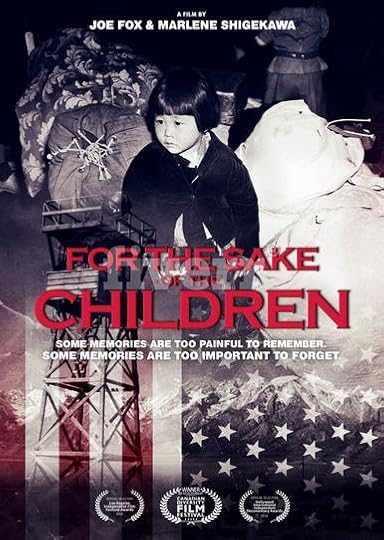
A new documentary film, For the Sake of the Children, explores the Japanese American incarceration and its impact on three generations.
Film Screenings & Panel Discussions
August 26, 2018 – 3pm Crest Theater, Sacramento, CA
September 16, 2018 – 3:30pm Lark Theater, Larkspur, CA
October 6, 2018 – 11am Rosie the Riveter Museum
Richmond, CA
Film trailer can be viewed at here.
July 25, 2018
on writing . . .
Lately, I’ve been wanting to come up with an artist’s statement, the kind you see on artists’ websites and in the catalogues that accompany museum exhibits. They are no mere bio line; they are essays: thoughtful, insightful, philosophical, and sometimes rather amusing musings on their work and journey.
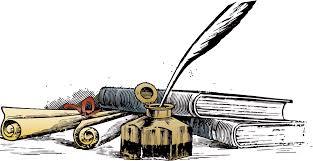
What I believe and love about writing— about poetry and story– is the same whether I am writing for children or adults. So often people make a distinction between the two.
I came to writing because I love rhythm. I love the swing, the music that words create when attention is paid to their sound. I’m not the first to say this, but I often know the cadence of a sentence that I want to write before I know the words, so I’ll put in some variation of da-da-da-DA, da-da-da-DA and come back to it later with the right words.
This idea of writing in form, paying attention to meter, is natural to poets and poetry, but I do the same thing when writing prose, whether fiction or non. The difference between a good book and an exquisite, stellar one, is the music flowing beneath the story. In the same way that an underpainter’s choices enhance, if not determine, the glow or mood of a painting, or how a poet’s choice of sonnet or triolet contributes to the poem’s overall meaning, the rhythm of the prose in which a writer tells her story is a necessary, if not crucial, element to the whole.
Writing, playing with language, is what I love. As Edith Wharton said:
I don’t believe that there is any greater blessing than that of being pierced through & through by the splendour or sweetness of words, & no one who is not transfixed by ‘Die Sonne tönt nach alter Weise,’ or ‘thick as Autumnal leaves that strew the brooks,’ has known half the joy of living. Don’t you agree with me?—I wouldn’t take a kingdom for it.
I came to writing because I love metaphor. Metaphor, imagery, often makes more sense to me than explanation. I don’t know why, and I can’t explain. Stories rich in imagery, those writers who are masters of metaphor, are the ones I read and return to. When at the bookstore or library, if I sense no imagery in the first page of a book, I put it down and keep looking. Or just as often, go home and re-read something I already have. I didn’t realize I was doing this until very recently when someone asked me, “What exactly are you looking for– this is a great book!”
I came to writing because I believe, as Brett Anthony Johnston has said, that stories aren’t about something, they are something.

One of the of the most common questions a child asks his librarian (or classmate or teacher) when presented with a book is, “What’s it about?” For decades I would cringe whenever that question was asked of me. The question stumped me. You may think it is a perfectly reasonable, logical question. Everybody asks it. But I loathed it. “What is it about?” diminishes. It limits the appeal, the joy, the power of a work.
A book, a great book, is so much more than what it is about. The subject, the narrative, is merely the vehicle for the artistry that lies within, that lies beneath.
I came to writing because I’m curious, but also reluctant, hesitant, a homebody. I wasn’t always a devoted reader, but for the most part, I’d rather read about a shipwreck than take a cruise on a tall ship and risk the possibility of experiencing one.
And finally, I came to writing because I like to meet new words. Adding words to my repertoire means having more to play with. As Geraldine McCaughrean says in her Carnegie Medal acceptance speech this year:
Words are mastered, said McCaughrean, by meeting them, not by avoiding them, and young readers “should be bombarded with words like gamma rays, steeped in words like pot plants stood in water, pelted with them like confetti, fed on them like Alphabetti spaghetti, given Hamlet’s last resort: ‘Words. Words. Words.’”
June 22, 2018
writing by the numbers . . .
In early June, New Mexico author Caroline Starr Rose wrote an intriguing, inspiring post– she displayed her “writing journey in numbers.” I decided to do the same to see how far I’ve come, because, as we all know, this writing life is filled with ups and downs.
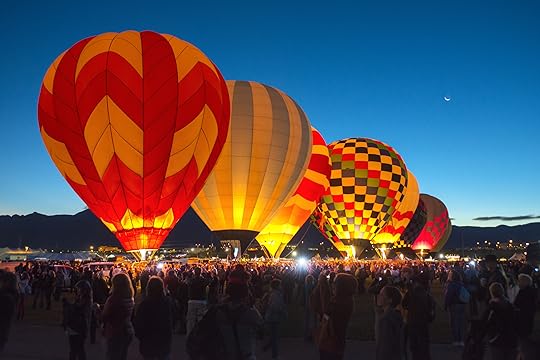
I’ve been writing with the serious intent of publication for more than 25 years. And it started out so well! The first picture book manuscript I sent out to the first publishing house I chose received a lovely, not-form-letter rejection, which included specific revision suggestions to make it better and more marketable. I did more research, rewrote it over the following year, but no luck.
But then– the first poem I sent out for publication in 1998 was accepted and published! An adult poem, published in an adult literary journal. I thought, “Yes! I can do this!”
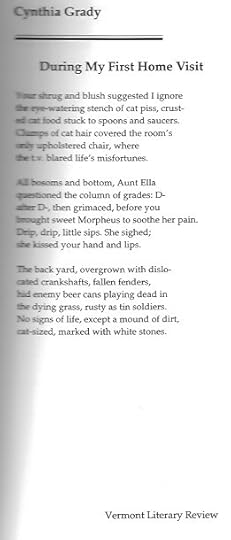 Those were the ups— that they came at the beginning of my writing journey, I’m sure, is the reason I continued at all. . . but, I have always been a late bloomer.
Those were the ups— that they came at the beginning of my writing journey, I’m sure, is the reason I continued at all. . . but, I have always been a late bloomer.
So– here are the [sometimes approximate] numbers*:
Number of poems written: 300
Number of poems published in print and online journals: 30 (10%!)
Number of picture book manuscripts written: 26
Number of picture books published: 3 (slightly better than 10%!)
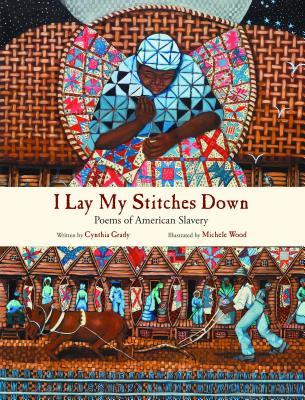
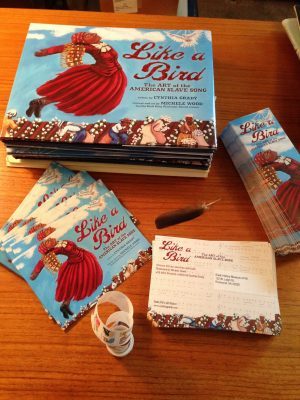

Number of novels started: 5
Number of novels completed: 1
Number of novels published: 0
Number of grants and contests applied for: 10
Number of grants and contests awarded: 2 –honorable mentions
And finally — Number of rejections from agents, editors, and contest judges since I began this journey: 410
The process of going through everything I’ve done over the past 25+ years was illuminating and so interesting. I thought I’d written less. I hadn’t remembered the number of poems I’d had published.
In the beginning, I’d heard published writers and editors say things like, “the joy is in the writing,” or “you can’t be in this for the money,” and other such platitudes. I didn’t believe a word of it– then.
But it’s true. I am happiest when I’m writing. I feel most alive when I’m writing. Writing is the only way I know to love this broken world.
If you are on this writing journey too, I would love to hear from you! As Caroline says, “The writing life (and the publication process) is a long-road, long-view, long-term journey. There’s no other way to look at it.”
*People say you need a thick skin to do this work, to deal with the rejection. I would say all you need is a good, long stubborn streak. Happy writing!!
June 13, 2018
reading the land . . .
Knee deep in the Open Space Master Naturalist program has me returning to some old favorite natural history texts, and reading some new ones as well. But what I’m really excited about is learning how to read the land. Studying topographical maps of New Mexico, noticing the layers and layers of rock that make up the Sandia Mountains, and keeping eyes and ears alert.
Look at this purple beauty:
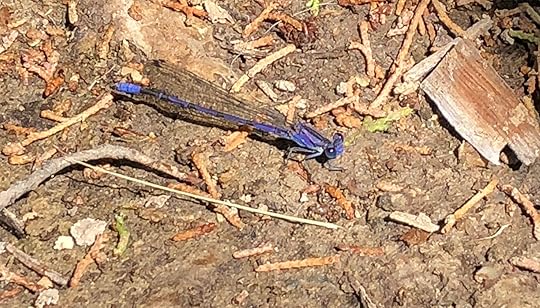
And this collection of eggs:
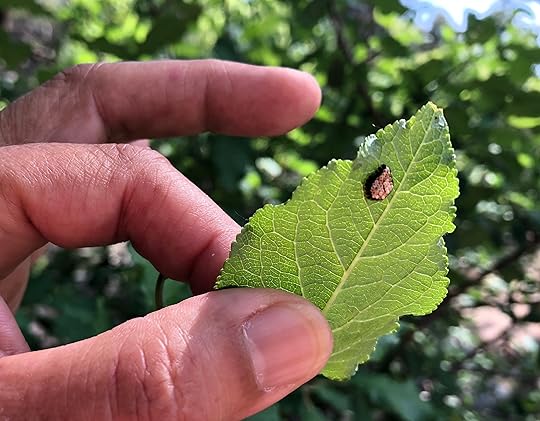
And this– a bull snake digesting breakfast, probably for the next 24 hours. Who knows? Maybe he will be featured in a new poem.
